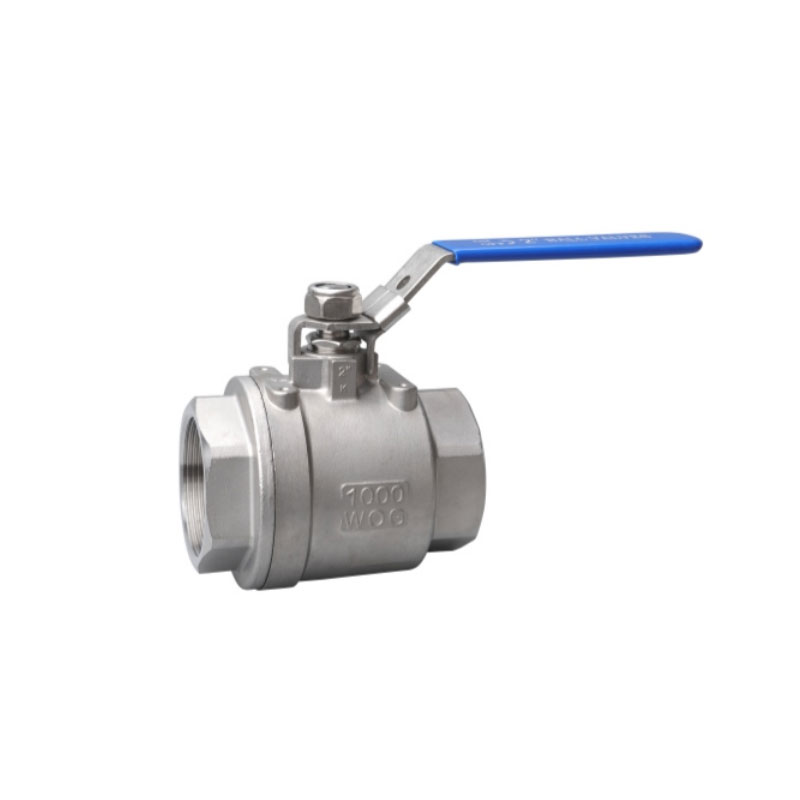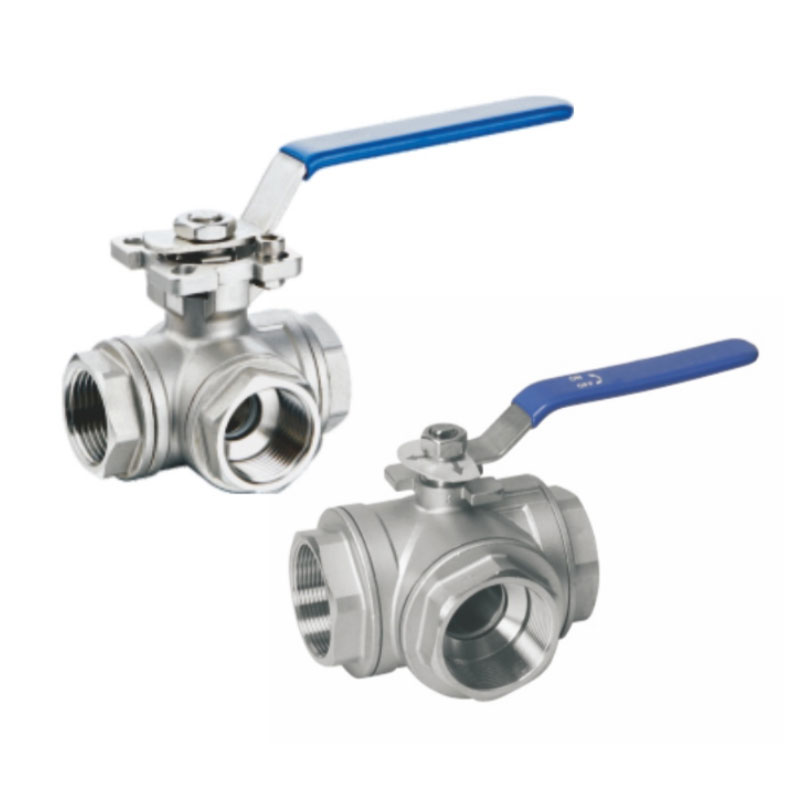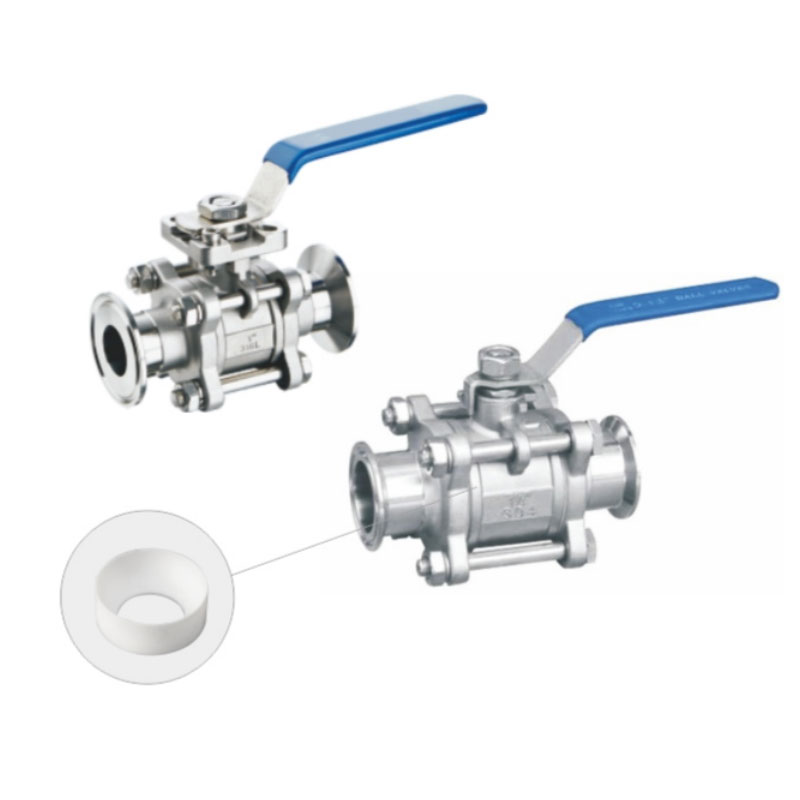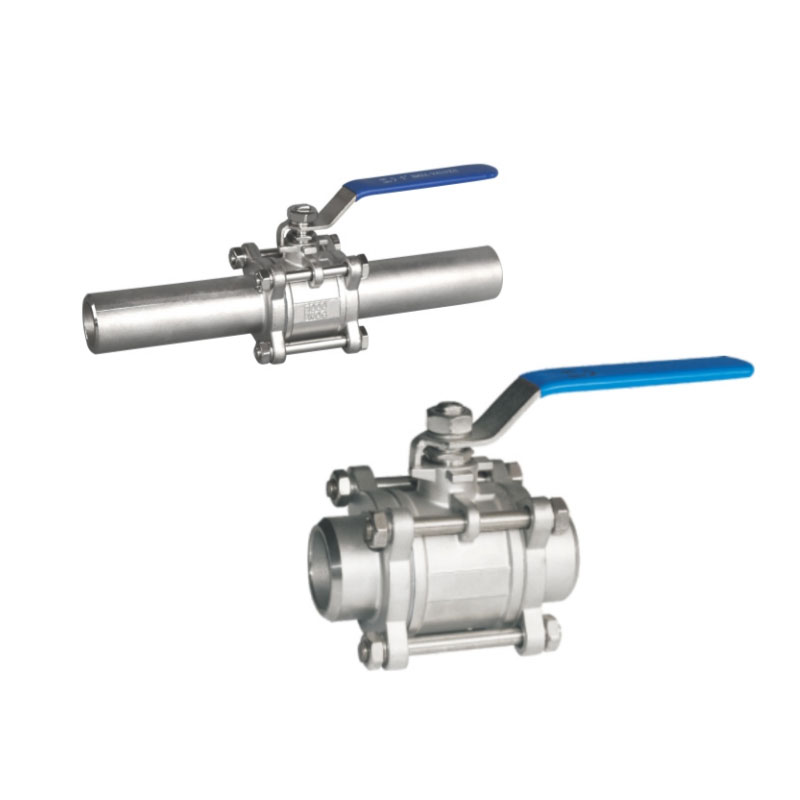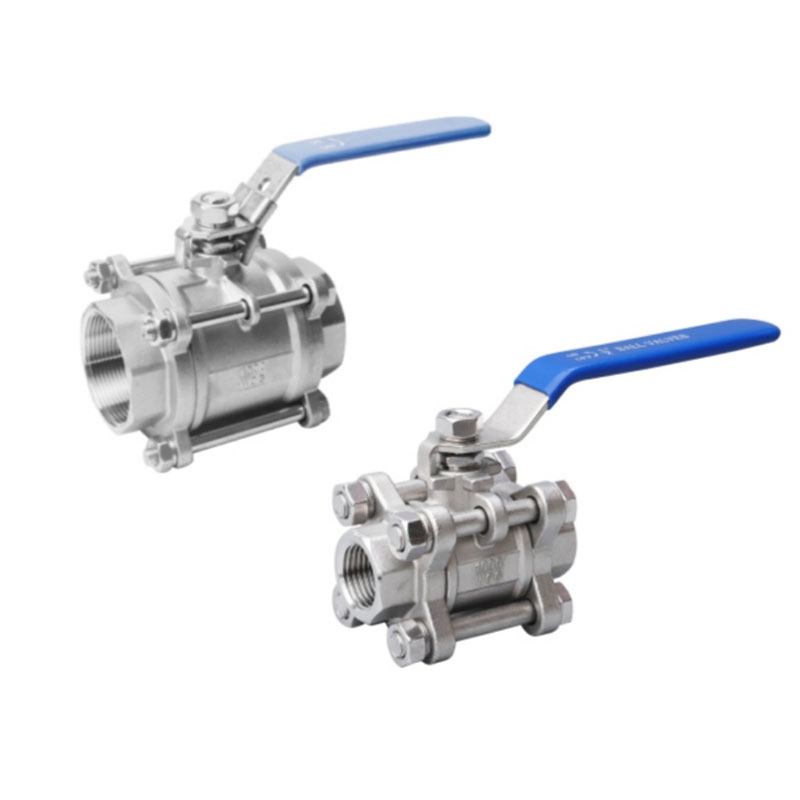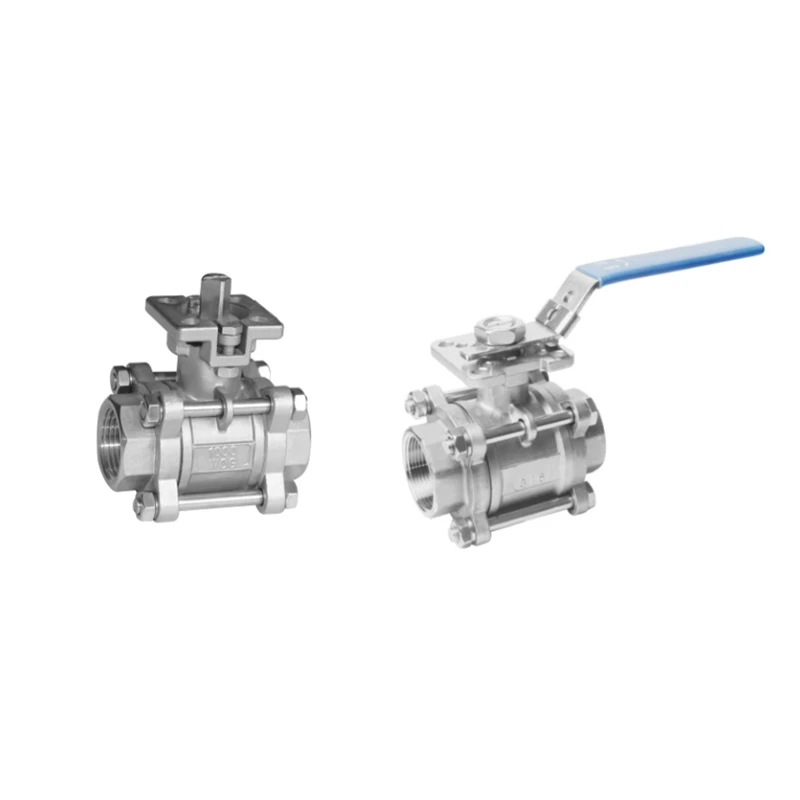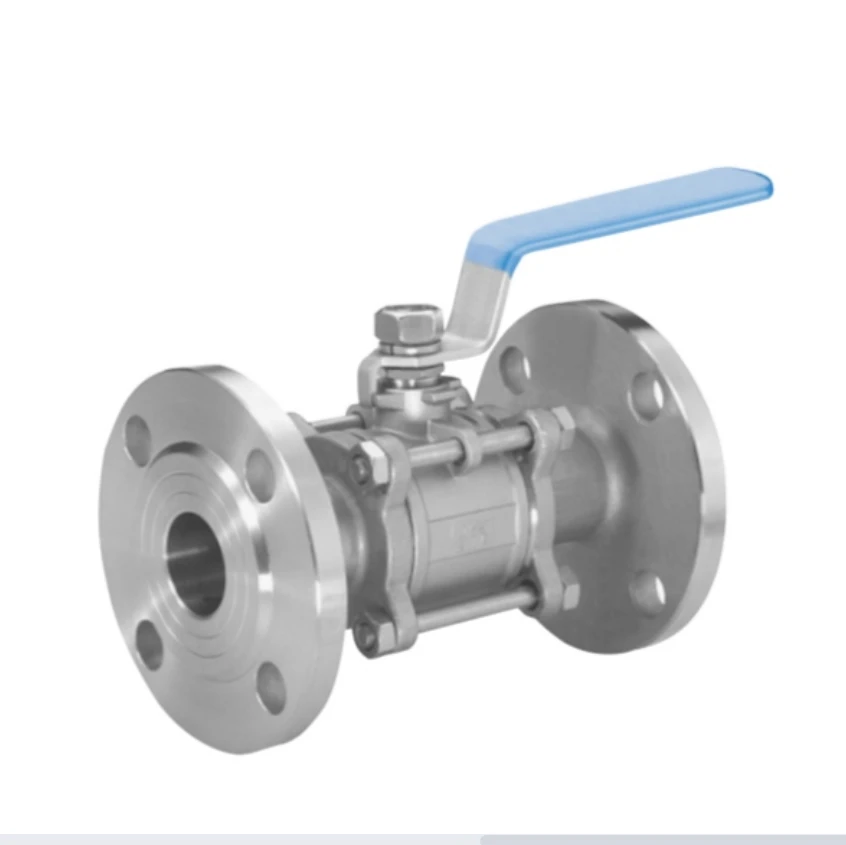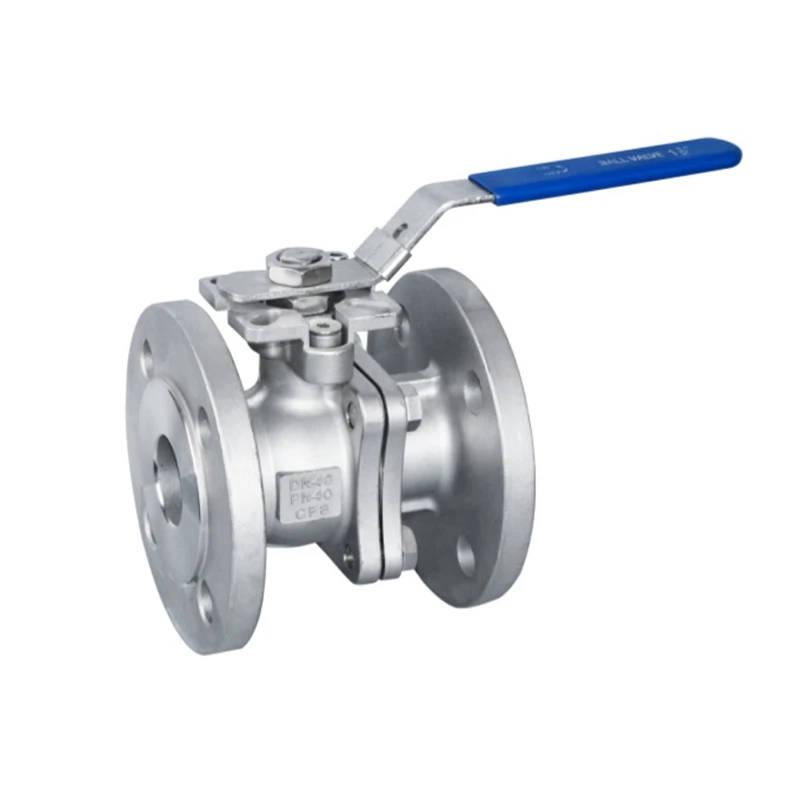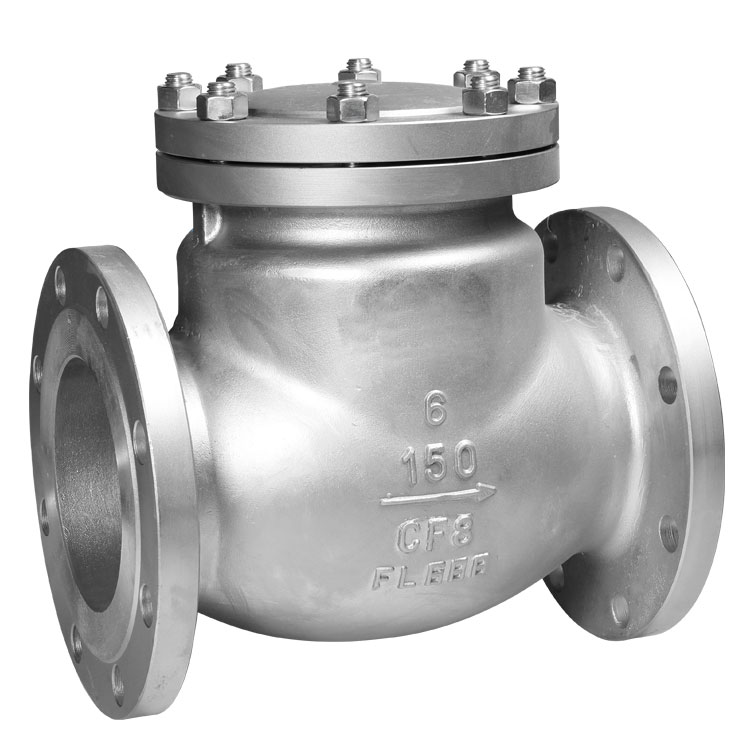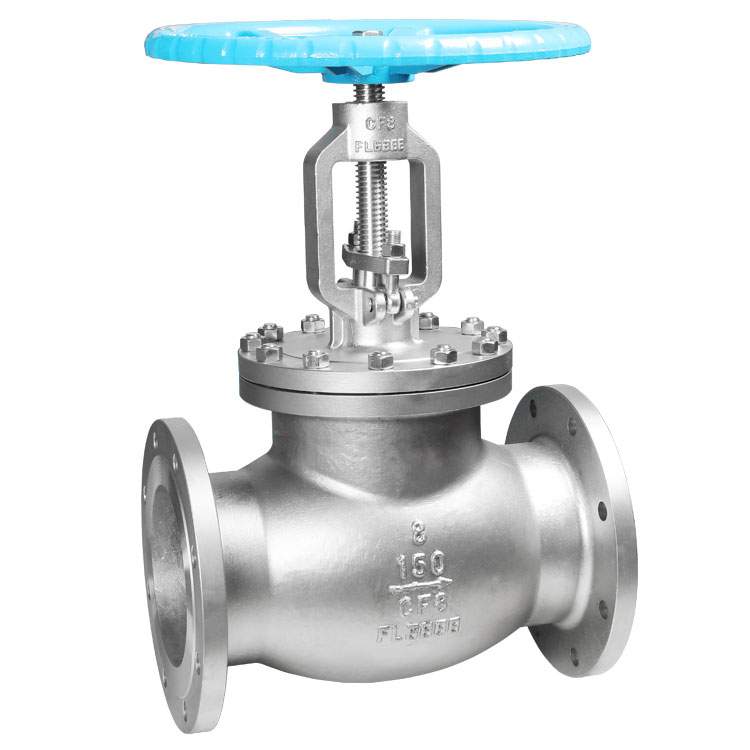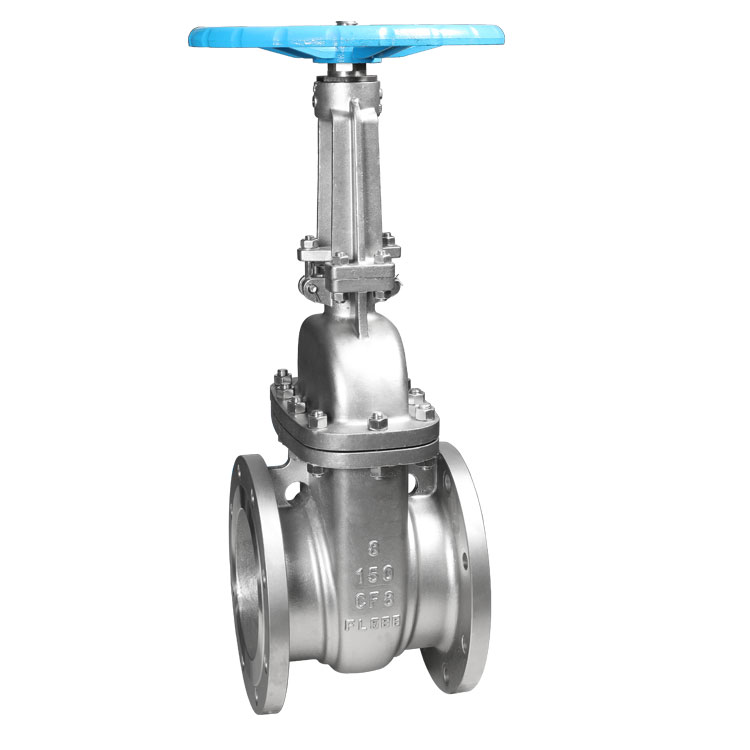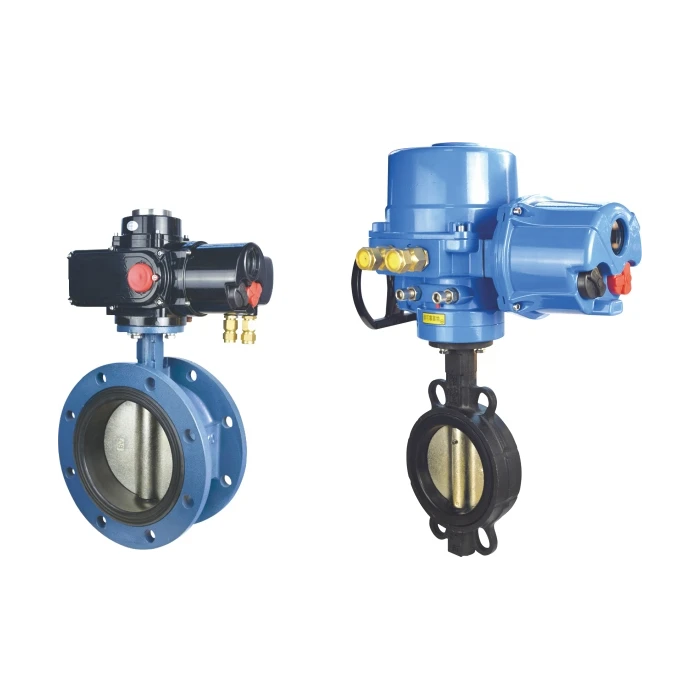Industrial Valve
3 PC Ball Valve Flange Direct Mounting Pad
3 PC Ball Valve Flange Direct Mounting Pad
2 PC DIN HIGN PLATFORM FLANGE BALL VALVE PN16
Applicable Standards Design:DIN3357Actuated Connecting:ISO5211FACE to FACE:DIN3
Double Flange Electric Soft Seal Butterfly Valve
Double flange electric soft seal butterfly valve is a type of valve with a butterfly-sha
What are industrial valves?
Types of Industrial Valves
- Gate Valves: These valves act as the gatekeepers, allowing or blocking the flow with a flat gate that moves up and down. Think of them as the drawbridges of the piping world.
- Globe Valves: With a globe-like shape, these devices control flow through a movable disk-type element and a stationary ring seat. They're the meticulous regulators of valve types.
- Ball Valves: These valves use a spherical disc to control flow. When the ball's hole is in line with the flow, it's game on; when it's perpendicular, it's game over for the flow.
- Butterfly Valves: Featuring a disc that rotates within the valve body, these are the acrobats of the valve world, offering swift flow control in a compact design.
- Check Valves: The loyal knights that prevent backflow, allowing the medium to flow in only one direction, safeguarding the system integrity.
- Diaphragm Valves: These valves use a diaphragm to separate the flow of fluid from the operating mechanism, ideal for handling corrosive, viscous, or dirty fluids.
Applications and Importance
Industrial valves find their valorous service in numerous sectors, including but not limited to:
- Oil and Gas: Controlling the flow of oil and natural gas in pipelines.
- Water and Wastewater Treatment: Managing the distribution and treatment of water.
- Chemical Manufacturing: Regulating the handling of chemicals, ensuring safety and process efficiency.
- Power Generation: Controlling steam and water flow in power plants.
- Mining: Managing the slurry and other materials in mining operations.
Industrial butterfly valve VS industrial ball valve
Industrial butterfly valve
The butterfly valve, akin to the graceful flutter of a butterfly's wings, features a disc that rotates around a central axis within the valve body, thus allowing or obstructing flow. This design is compact and requires less space than its ball valve counterpart, making it a favorable choice in tight quarters.
Advantages:
- Space Efficiency: Its compact nature is a boon in applications where space is at a premium.
- Cost-Effectiveness: Generally less expensive than ball valves, especially in larger sizes.
- Lightweight: Easier to handle and install due to its relatively lower weight.
Limitations:
- Sealing: While advancements have been made, butterfly valves may not achieve the same tight seal as ball valves, particularly in high-pressure scenarios.
- Throttling Capability: Although capable of throttling flow, they may not offer the same level of precision as ball valves over time due to potential wear on the disc and seat.
industrial ball valve
The ball valve, named for its spherical disc (the ball), features a hole through its center. When the ball's hole aligns with the flow, it opens; when it rotates so the hole is perpendicular to the flow path, it closes. This design can achieve a very tight seal, making it ideal for a variety of applications.
Advantages:
- Sealing Excellence: Provides an outstanding seal, even after long periods of disuse, making it suitable for applications requiring tight shut-off.
- Durability: Typically more durable than butterfly valves, especially in applications involving high pressure and temperature.
- Versatility: Suitable for a wide range of applications, from low to high pressure and temperature conditions.
Limitations:
- Cost and Size: Tends to be more expensive, particularly in larger sizes, due to its construction and materials.
- Space Requirements: Requires more space to operate, particularly because of the need for clearance to rotate the lever.
Industrial valve repair
1. Evaluation and Diagnosis
- Initial Inspection: Begin with a thorough examination to identify visible signs of wear, damage, or malfunction. This includes checking for leaks, corrosion, or any mechanical damage.
- Performance Testing: Conduct tests to assess the valve's operation. This might involve pressure tests to identify leaks or operational tests to evaluate its responsiveness and functionality.
2. Disassembly
- Careful Dismantling: Disassemble the valve with meticulous care, noting the position and condition of each component. This step is crucial for accurately diagnosing the issue and planning the repair.
- Component Inspection: Examine each part for signs of wear, corrosion, or damage. Special attention should be paid to sealing surfaces, as they are critical for the valve's performance.
3. Cleaning and Repair
- Cleaning: Remove all contaminants, residues, and rust. This step not only aids in a more accurate assessment of damage but also prepares the parts for repair or replacement.
- Component Repair/Replacement: Decide whether to repair or replace damaged components. Some parts may be refurbished, while others, especially those critically worn or damaged, should be replaced.
4. Reassembly and Testing
- Reassembly: With all parts cleaned, repaired, or replaced, carefully reassemble the valve. This process must be done with precision, following the manufacturer's guidelines to ensure proper function.
- Testing: Perform a series of tests to verify the valve's integrity and functionality. This typically includes pressure testing to ensure there are no leaks and operational testing to confirm smooth operation.
5. Documentation and Quality Assurance
- Documentation: Keep detailed records of the diagnosis, repairs made, parts replaced, and any testing results. This documentation is crucial for future maintenance and warranty purposes.
- Quality Assurance: Ensure that all repairs meet the required industry standards and specifications. This step is essential for maintaining the safety and reliability of the valve in its operational environment.
6. Preventive Maintenance
- Regular Inspections: Implement a schedule for regular inspections and maintenance to identify and address potential issues before they escalate into more significant problems.
- Lubrication and Adjustments: Regularly lubricate moving parts and make necessary adjustments to ensure optimal performance and extend the valve's lifespan.
Industrial valve company or industrial valve suppliers
When searching for an industrial valve company or suppliers, you're essentially on the lookout for partners who can offer not just a product, but a suite of solutions tailored to your needs. Whether you're in the market for pneumatic actuators, electric actuators, actuated valves, or valve control devices, choosing the right supplier is crucial for the success of your operations. Here are some key considerations and steps to find a reputable industrial valve company or supplier: Choosing the right industrial valve company or supplier is a strategic decision that affects the efficiency, safety, and reliability of your operations. It involves careful consideration of the supplier's product range, quality certifications, technical expertise, customer support, and reputation in the industry.
Hearken is mainly manufacturing of Electric actuator who are unique in design with on-off rotary valve electric actuator and modular rotary electric actuator, linear electric actuator and multi-turn electric actuator ,they are characterized by high intelligence, high protection performance, small size, high integration, long service life and stable performance. It can be operated on site or remotely control.
- Valve Options: 3pcs ball valves, 2 piece stainless steel ball valve,Butterfly valve,Gate valve,globe valve,High performance butterfly valve,Wafer butterfly valve,Flanged butterfly valve, Stainless steel butterfly valve,Sanitary ball valves.
- Voltage Options: 12VDC, 24VDC, 24VAC, 110VAC, 220VAC, 380VAC, Other voltage as upon requested.
- Actuator Torque Output: 2Nm to 2000Nm torque value.
- Housing: Aluminum alloy,Epoxy powder coated
- Actuator color: As per client’s requirements.
- Actuator Options: On/off type, Modulating type, Intelligent type, Multi-turn type, Explosion proof type,Waterproof type, Power off type,Rotary electric actuator,Multi -turn electric actuator,Linear electric actuator,Eplosion proof electric actuator,Spring return electric actuator and Mini motorized ball valve.
- Electric Valve Actuator Rotation Options: Quarter-turn type(90 Degrees) for ball/butterfly valves, Multi-turn type(360 Degrees) for gate valves,globe valves
- Available Valve Size: Ball valve (DN15-DN200); Butterfly valve (DN25-DN400)
- Additional: if your have any requirements about our electric actuators,please welcome to write mail to us @ [email protected] for getting more information and service from us.
